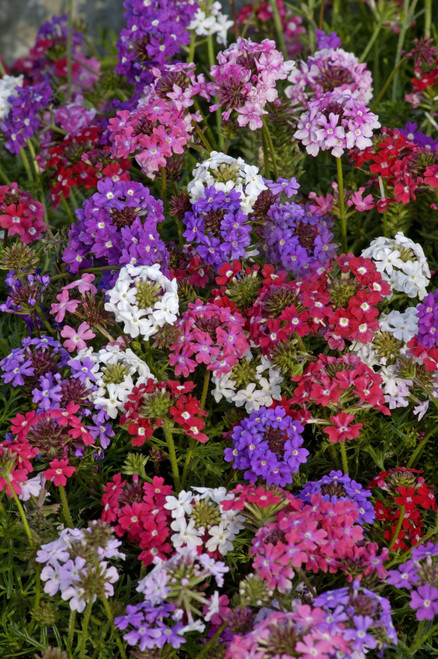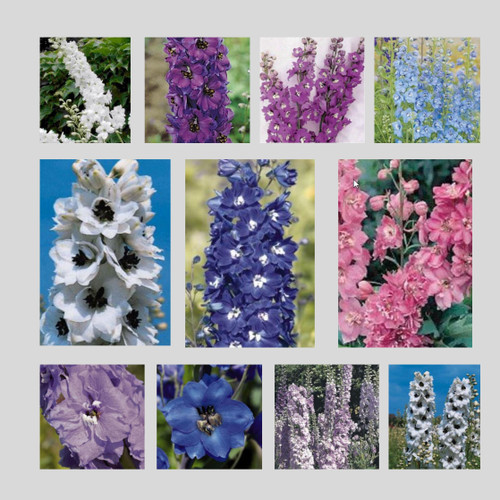Verbena syn. Glandularia commonly known as Dakota verbena, Rose vervain, Blue vervain, Vervain, Hoary vervain or Moss verbena are annuals, perennials and subshrubs. Some are tuberous or rhizomatous, found usually in open and sunny habitats, such as prairies, wasteland, roadsides and in open woodland (some prefer dry sites, others moist). Almost all are from tropical and temperate regions of North/Central and South America; a few are from Europe. The plants usually have erect stems which often bear brightly colored, dense, flower clusters. Verbena has a long flowering period.
USES: Borders, Edging, Containers, Hanging baskets, Herbaceous border, Groundcover, Landscaping, Meadows, Naturalized areas, Rock garden, Slopes / Banks, Small spaces, Walkways, Mass plantings, Butterfly gardens, Pollinator gardens
TOLERATES: Heat, Drought
Botanical Name: Verbena aristigera ‘Desert Jewels Mix’
Common Name: Moss Verbena, Eisenkraut
Prev. known as: Verbena tenuisecta
Type: Fragrant Perennial
Flower Color: Mix of vibrant reds, purples, roses, blues and white to 2 in. (5cm) across
Flowering Time: June to October
Plant Height: 8 in. (20cm)
Plant Width: 9 in. (23cm)
Light Requirements: Full Sun
Water Requirements: Moist
Soil Requirements: Well drained, moderately fertile soil
USDA Zone: 8-11
AHS Heat Zone: 12-8
Sowing Instructions (Cliff Notes Version): Sow seed at 64°F (18-21°C) in autumn or early spring. In containers, grow in a soil-based potting mix with added sharp sand. Water freely in growth and apply a balanced liquid fertilizer monthly. Water more sparingly in winter. Where marginally hardy, protect with a dry winter mulch.







